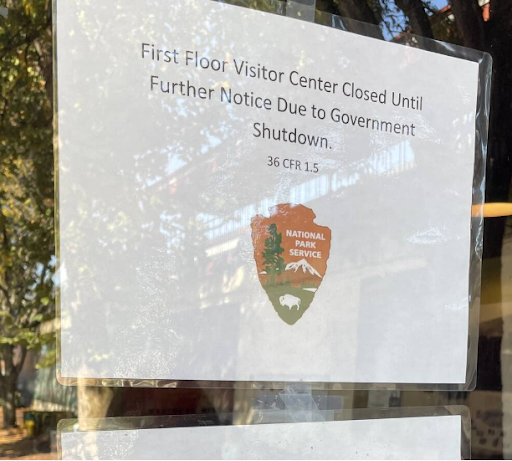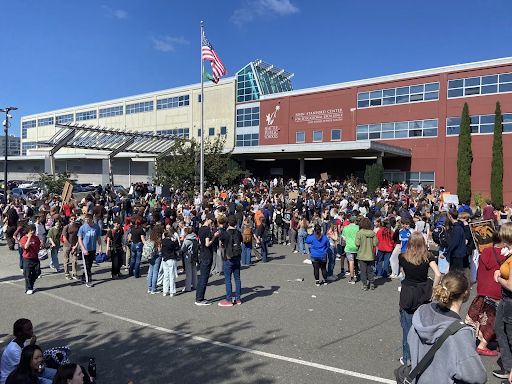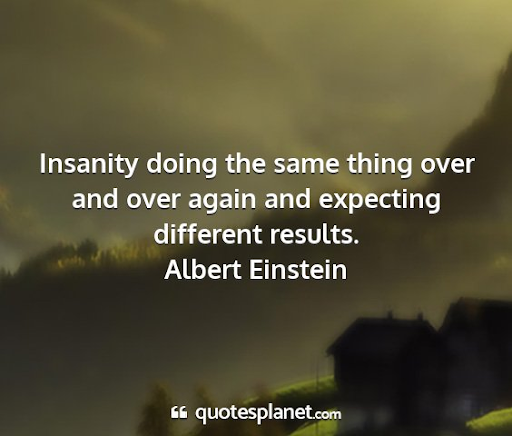The cultural significance of white people in Hawaii
The mainland 48 states of the US have been around for a good while, but in 1960, the two latest states were added to the United States of America. One of those was Hawaii, a series of islands very far off from the mainland US.
Hawaii and colonization have a very long and difficult history. I am reminded of it whenever I travel there, as one of my favorite destinations is Kealakekua Bay- a beautiful area known for its jumping spinner dolphins, picturesque views, snorkeling, whales, and being the site of Captain Cook’s death. Cook still has a memorial in this bay, despite the fact that the native peoples that threw him off the cliff had very good reasons for doing so. Cook had attempted to kidnap the king of the island and prior to that had incited violence on the island and was generally a malevolent colonial presence.
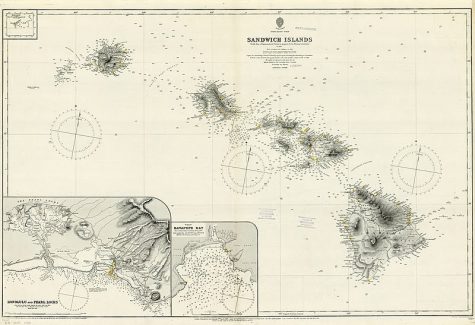
Stories of colonizers in Hawaii do not end with Cook, but they have led up to an unfair treatment of Hawaiian native peoples by the exploitation of their resources and taking of their land. Today, one of the biggest controversies is the fight over the TMT, or the Thirty Meter Telescope, which is set to be built on Mauna Kea, sacred land to the Hawaiian people. Protests at Mauna Kea have been active for years since the project was announced, according to the Associated Press. The protests have included visits from notable names like Dwayne “The Rock” Johnson and Jason Momoa. Understandably, this history does not create the best of relations when tourists continue to visit Hawaii and expand the same issues that the early colonizers created. So what can a non-native tourist in Hawaii know to respect the land they are on?
I spoke with Sophia Endicott (‘21) about her perspective as a Native Hawaiian person on the issue of tourists traveling to Hawaii, especially right now during a pandemic. In their view, she “doesn’t think people should be traveling during a pandemic at all,” but that traveling to Hawaii has an extra layer of complications during this pandemic due to the large population of older people that make up Hawaii’s population. According to the U.S. Census Bureau, since 2017, Hawaii has seen “negative growth in its total population, including the under 18 and working age populations. However, Hawaii’s 65-and-older population continued to grow during those years.” According to a 2019 Census count, Hawaii’s population of 65 and older is at 19% statewide and up to 22% in its second most populated county, compared to Washington’s 15.9% in 2019.
But what about outside of a pandemic? Americans- specifically white Americans- have a long history with Hawaii. As Endicott explains, the annexation of Hawaii was a long process with many injustices done to the Hawaiian people as it progressed. The sugar plantations and pineapple companies in Hawaii became infamous for their exploitation of the native residents, and when the Hawaiian monarchy came into conflict with the businesses that had taken root there, they overthrew the monarchy and imprisoned the Queen, Lili‘uokalani. Sanford B. Dole, whose cousin founded the Dole Food Company, named himself the first and only president that Hawaii would have. Dole then urged President McKinley to annex, or forcibly acquire, Hawaii, which he eventually would. This series of events led to a group of disenfranchised natives that were unwillingly put under the control of the United States- and according to Endicott, done with a sneaky legal strategy. “They actually annexed Hawaii illegally by joint-resolution, so if you see things like ‘where’s the treaty’… they’re right, there is no treaty,” they say. In short, usually an annexation is done with a ⅔ Senate approval and a treaty, but that did not happen in the case with Hawaii.
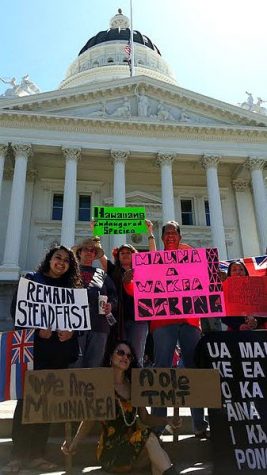
Many Hawaiians therefore feel cheated by the system because their land was given to another power without their consent and without proper legal proceedings. Not only was Hawaii acquired in an unfair manner, according to Endicott “our language and culture was outlawed.” Indeed, according to HawaiiHistory.org the native language was banned for almost 100 years- up until 1986. With this history in mind, the continued increase of non-natives moving to and visiting Hawaii brings up the consistent mistreatment that the Hawaiian people have received when the people moving into their land stole their resources, homes, and rights. Endicott states it best: “we were not allowed autonomy over our land and our language and our culture, yet now these white tourists are getting to come and claim those things and treat it like their paradise… when it is something that was stolen from us.”
Regardless of this history, Hawaii is one of the most popular vacation destinations in the world, and it is easy to see why. Hawaii is a beautiful place with amazing sights, activities, and natural wonders. When it comes to tourism, Endicott says, “I understand and I want to share the beauty,” but at the same time, tourists- especially those from a privileged background- need to support the people whose land they are on. While many tourists believe that simply visiting Hawaii helps the economy, Endicott disputes this: “the tourism industry doesn’t mainly benefit natives but instead corporate entities, and that’s why things like shopping local and donating to native groups and mutual aid is so important.” The best ways to do this? Research more on the history of Hawaii and find resources to support local groups- especially if you are someone that is benefitting from the beautiful land of Hawaii. Below are some of many resources to learn about and support the Hawaiian people:



